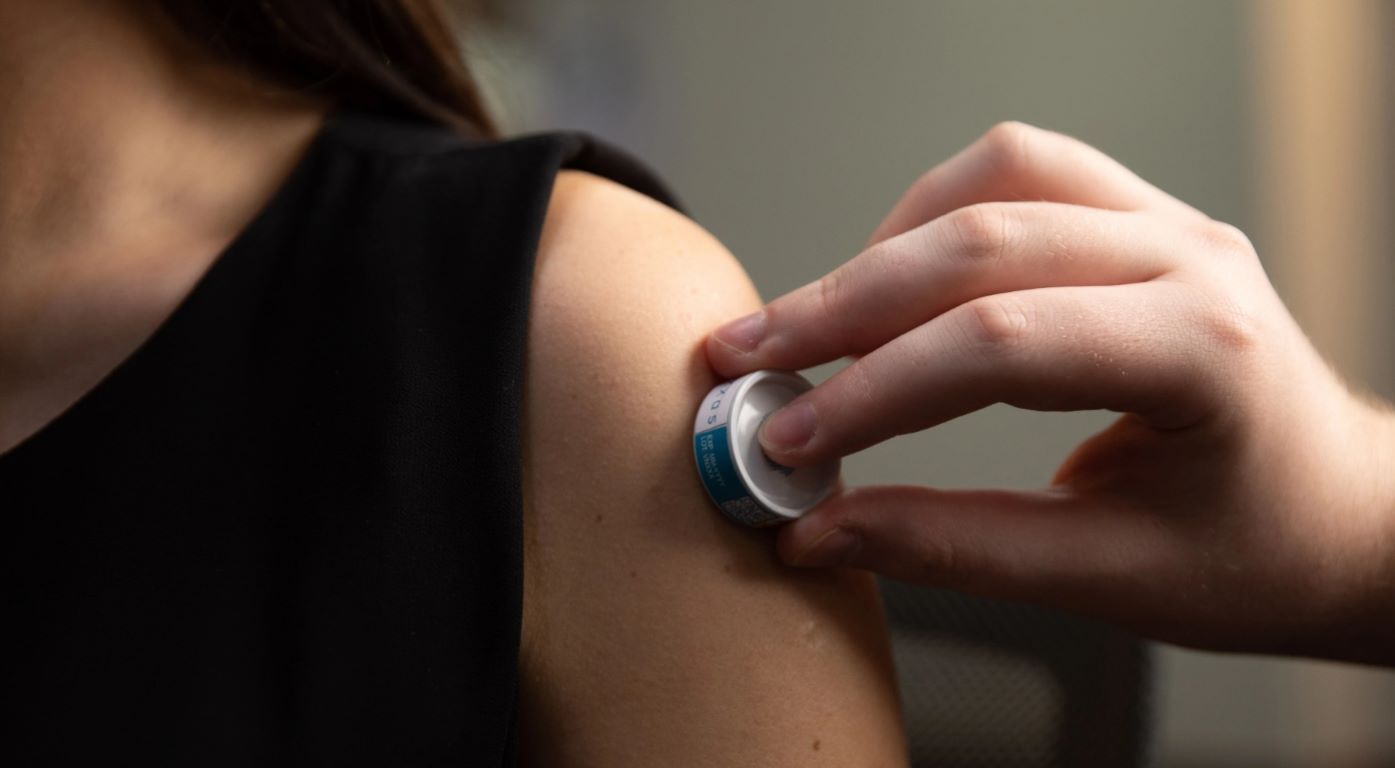Why Medical Holography is Rapidly Gaining Ground?
02 April 2022 | Analysis | By Hithaishi C Bhaskar
Medical holography has emerged as one of the most promising applications in the medical industry. Holographic imaging technology is advancing healthcare, life sciences, biomedical research as well as medical training and education. Mixed Reality (MR) applications are gradually making a progressive impact on healthcare deliveries with precise quantitative measurement of human internal anatomy elements in 3D holograms geometries displayed in actual physical space. Holographic 3D technology renders medical professionals with advanced diagnostic capabilities and surgical planning, by allowing them to slice virtual tissue, organs, and other body parts at various angles. Holomedicine advances access to percutaneous procedures without invasive needle techniques. Surgeons across the world are now curious to explore medical holograms to enhance the efficiency of complex surgeries.

image credit- NUHS Singapore
Typically, conventional 3D (3-Dimensional) imaging technologies are not able to create a truly accurate 3D rendition. Actually, these are 2D images gathered from MRI, CT scanner, ultrasound, and other devices, stitched together to create a rough 3D image. Furthermore, it is extremely laborious and time-consuming to create 3D visualisations from these 2D images. Treatment and diagnostic decisions based on these images are rather challenging, plus their accuracy is often questionable. As a solution to these challenges, novel revolutionary medical holography technology renders 2D images into 3D floating projections applying Mixed Reality (MR), a blend of physical and digital worlds, which unlocks natural and intuitive holograms through 3D interactions.
In contrast to AR/VR, in MR the real environment remains visible at all times and the holograms appear in the real space passing through a holographic device. This enables medical professionals to zoom in and zoom out the magnified 3D hologram of an organ/tissue under study. These visuals are indistinguishable in a conventional scanning procedure and thus holograms make treatments and surgeries a seamless effort with live explicit interactions.
Trends and opportunities in the medical holography market:
The clinical application of holography is thriving with the rising adoption of health-tech products in the life science and healthcare sector. The holography products can range from holography displays, holography microscopes, holography prints, holography software and devices, holographic headsets, and holoscopes.
Geographically, North America represents the significant manufacturing and commercialisation segment of medical holographic imaging assets and is expected to account for the largest global market share from 2020 to 2025. But, the European market has been the slowest since 2019 and is expected to remain the same by 2024, says TechNavio Market Research report.
Contributing to the largest revenue share in the global medical holography market, North America owns major vendor bases while the region also reports substantial ongoing research by the major market players. In addition, increasing interest in healthcare institutions and growing funding for the advancement and deployment of holography techniques in healthcare organisations are also driving the region’s medical holography market growth. Meanwhile, more players are working on seeking the US Food and Drug Administration (FDA) approval and expanding their regional presence across multiple regions, especially in Asia Pacific (APAC), according to Polaris Market Research, 2022 report.
Nevertheless, APAC is considered to be the fastest-growing region in the medical holographic imaging market to emerge as a front-runner. Numerous economies in APAC such as India, Singapore, Japan, South Korea, China, and Indonesia have huge potential to extrapolate holography. The size of the medical holography market in the APAC is estimated to grow to $474 million by 2026 from $120 million in 2021 at a CAGR of 31.56 per cent during the forecast period, says Market Data Forecast, 2022 report.
The growth in the region is driven by increasing investment in healthcare expenditure, medical facilities, technological developments in surgical rooms, and swelling demand for digitised health services and tailored personalised regimens. With the rising investments, the market is offering various opportunities to start-up vendors, leading MedTech companies, and the Internet of Medical Things (IoMT) networks.
Describing the potential of various segments of the medical holography sector, experts at Polaris Market Research explain, “In 2021, based upon the product, the ‘holographic display’ segment dominated the market holding the largest share in the global market. On the basis of application, the ‘medical education’ segment is anticipated to witness the highest growth due to the growing use of holographic techniques across medical operating procedures in surgical rooms or hybrid operating rooms. Based on the end-user, the ‘research laboratory segment’ is expected to show the highest growth in terms of revenue contribution”.
Click here to read the full story...











